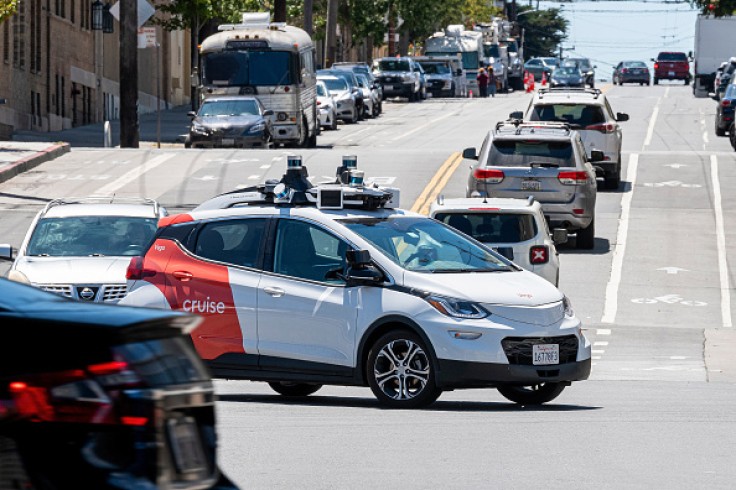From self-driving cars, we have moved quickly toward driverless cars. Cruise, in particular, is a company that has released a couple of taxis that do not need a person at the wheel. Unfortunately, an incident occurred just as Cruise got the approval for an expansion a week prior.

Cruise Taxi Incident
It's never a good time to be involved in an accident, but it's especially bad timing for Cruise as the incident took place while company tries to expand its business. Just last week, the California Public Utilities Commission approved the expansion of its services.
As a result of a Cruise driverless taxi hitting a fire truck, the California Department of Motor Vehicles asked the company to cut the number of operational vehicles in San Francisco by half, which is the opposite of what Cruise envisioned for its taxis.
Right now, the company has around 400 cars in San Francisco. By day, the company can only send out 50 driverless cars, and 150 at night time, as mentioned by The New York Times. The company framed the incident in a different way.
Cruise spokesperson Drew Pusateri says that compared to the injuries on the road, Cruise "positively impacts overall road safety," and that they will provide state officials with the data they need to reinforce the safety and efficiency of their fleet.
Recent records might suggest the contrary. According to reports, 10 Cruise vehicles stopped working in the middle of the street in the North Beach area, which blocked traffic for 15 minutes. Pusateri said that a spike in cellular traffic might be the cause of the malfunction.
In some cases, the driverless vehicles have interfered in more serious matters than traffic. There are 55 documented instances when the cars stopped or delayed emergency vehicles, including one where firefighters were trying to put out a house fire.
It was not an isolated incident since other vehicles have also stopped in other locations. The DMV is currently investigating the "concerning incidents" involving Cruise taxis. The company is to take "appropriate corrective actions to improve road safety" until investigations are done.
It Just Needs a Little Tweaking
Based on the incidents that have occurred, it's obvious that the company could improve the vehicles more to avoid accidents and interferences from happening again. Once that has been resolved, the vehicles can actually help with traffic.
Once the technology is more widely-used, similar vehicles would communicate with each other and road infrastructures. The flow of traffic will be automated and treated like data, which then leads to smoother operations.
As reported by Monash University, it will increase reaction time, maintaining a consistent speed, as well as distance from other vehicles, which could help avoid more collisions. This, however, will require a lot of advancement in traffic systems before it could be applied.
Since this is a relatively new concept and technology, only a few cars are self-driving, which clashes with the majority of other vehicles which are still driver-operated. That could cause more traffic, especially since there are no systems in place yet to help with coordination.









